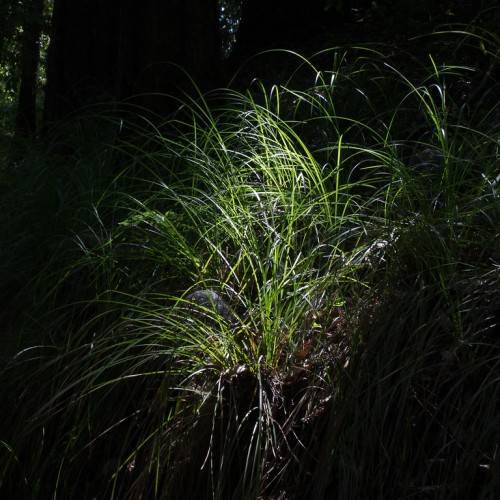
Bolander's Sedge
Carex bolanderi
Watering:
Minimal
Hardiness Zone:
Flowers:
Flowers
Sun:
full sun,part shade
Fruits:
Fruits Ready In Fall
Leaf:
Yes
Growth Rate:
Low
Drought Tolerant:
Yes
Salt Tolerant:
Yes
Care Level:
Medium
watering
Billings' Sedge (Carex billingsii) should be watered lightly and regularly throughout its growing season. In the warmer months (typically June through September) the soil should be kept evenly moist but not soggy. Water the plant about once a week or more in the dry heat, ensuring runoff does not occur. Allow the top 2-3 inches of soil to dry out in-between waterings. In the cooler months (typically October through May) it will not need as much water, so reduce the watering frequency. Water in these months about once every 10-14 days; it may not need any supplemental water at all during the coldest months. When you do water, do so at the base of the plant and always avoid splashing water on the leaves, as this can cause damage.
sunlight
Billings’ Sedge (Carex billingsii) thrives in full sun to partial shade. It can tolerate up to 8 hours of direct sunlight per day, although it will do best in areas with less direct sunlight, such as morning or late afternoon sun. Shade it from midday sun for best results. During the summer months, it requires protection from strong afternoon sun. In more northern regions, it is happiest with at least 6 hours of direct sunlight per day.
pruning
Billings' Sedge (Carex billingsii) should be pruned once a year in late spring or early summer. The ideal time to prune Carex billingsii is when the foliage just starts turning yellow. Pruning should be kept minimal and should focus on removing dead leaves and flower spikes. If the stems become too dense, thin out the center growth to allow for light and air circulation. When pruning, use sharp pruning sheers to make clean cuts, and avoid creating ragged edges that can lead to infection. Additionally, water the plant after pruning to promote healing and new growth.
